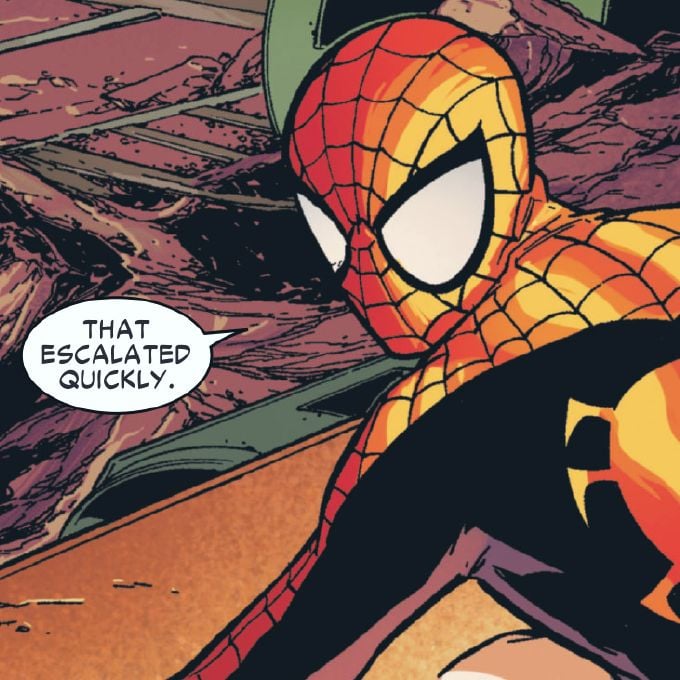I have an oven that’s rated to reach 200 degrees C (around 400-ish in F) (I can’t put in higher temperatures on the device), but some recipes tell you to bake at higher temps than that. Does that mean that I can’t bake that item in my oven, or can I just adjust for time?
Let’s say the recipe says to bake at 225 degrees C for 25 minutes, I then bake it for 35 minutes at 200?
*edit* Thank you all for the answers, I’m going to try your suggestions and see if the recipe will allow for such an adjustment, and if not, I’ll see if I can replace my crappy oven with a better one :)
I would say for 3 out of 5 recipes extending the time will probably work but you’ll need to eyeball and needle/poke it. But if the recipe relies on the baked good to form a crust at this higher temperature, the result will probably not be as good. That’s more crucial with bread. Test it before you invite people over.
Longer at a lower temperature gets you a thicker crust. Shorter at a higher temperature will get you a thinner crust. Generally speaking.
No. Baking, unlike the cooking of say a sous chef, is a strict formula and the temperature is a big part of that formula.
Typically when you alter the temperature of baking things turn out really bad.
What you will find is that the temperature varies with ovens. Some ovens run really hot and some run really cold.
So if the recipe calls for 350, your oven may say it is at 350 when it is really at 375 or 325. You then have to find the sweet spot for your oven.
But if you the recipe calls for 350 and your oven can’t get to 350, the dish is doomed.
While it’s absolutely true that baking is a strict formula, I don’t agree that not reaching a given temperature means it’s necessarily doomed. It might achieve a somewhat different outcome, but for a whole bunch of baked goods a lower or higher temperature with adjusted time will produce something perfectly acceptable.
As you say, most people have no idea what temperature their oven actually produces, or fail to adjust for the strength of fan assist or placement in the oven. Sometimes this leads to frustration and failure, but many delicious cookies have been baked with imprecission.
But only an experienced baker will know this, and off-hand I can’t think of anything where I could trade off time for temp
Plus most ovens don’t hold a single temp, but vary between two points attempting to average the set point.
Convection ovens improve the stability of the average temp throughout the oven.
Absolutely and many ovens have hot spots within them. Like all tools one must learn how their oven functions.
Thanks for this answer, I’ll have to measure the actual temperature inside the oven, see how hot it can run. Maybe it does reach 225 (440) but it only reports 200.
a lot of these answers are just plain wrong.
baking is fundamentally a chemical process, and chemical processes are heavily temperature dependent: almost always thermodynamically, but always kinetically.
and the kinetics are affected by the temperature based on the Arrhenius equation that has a temperature term in an inverted negative exponent.
you could use this equation to figure out the right time difference, if you knew the target temperature and your actual (400dC) temperature.
lol, I’ll stick a toothpick in my cake before I solve for rate constants.
There’s no definitive answer. Probably yes but depending on the recipe things might not go exactly how they are supposed to.
The closer you are to the correct temp the better luck you are going to have with it.
However, I’m kind of curious what ovens don’t go high enough for standard recipes.
In my case it’s a combination oven/microwave. (I have a small kitchen without a gas connection)
Fair enough, yeah I’d avoid really technical baking but like your chocolate chip cookies or whatever are going to be fine. And stuff like heating up some chicken strips it won’t make any difference
However, I’m kind of curious what ovens don’t go high enough for standard recipes.
Combination (convection + microwave) ovens maybe?
Before we had fancy temperature controlled ovens, probably for all but the last 100 years worldwide, bakers used wood fired ovens, coal fired ovens, and solar ovens usually lined with bricks, stone, clay, and/or cast iron. Figuring out the the temperature was a mix of guesswork, rules of thumb, experience, and luck.
I read somewhere that many bakers were skeptical of this new technology. That a lot of marketing had to be done and it was often sold to beginners as easier to get started baking.
There are really only 3 temperatures needed. Low, Medium, and High. The other factor is how fast your oven cools down after you add the food.
When I bake bread I’ll start with a relatively high temperature and the lower it every few minutes to simulate the wood fire slowly dieing back.
When I bake on an open fire I’ll use a cast iron “Dutch Oven” and put it in the coals or near the coals depending on whether I want “high”, “medium”, or “low”.
Usually I want high temperatures for pizza. Or for searing and roasting and toasting. Medium temperatures for baking ordinary things (pies, cakes, cookies), and low temperatures for slow roasts or very large and heavy dishes or beans (which take a long time to cook).
In Farenheit I usually think 400-450 is “high”, 350 is Medium, and 275-325 is low. You can go higher, of course but usually we move to the stove top or grill for that. And lower sometimes, but usually we use a slow cooker for those many hours long projects.
It’s worth remembering a TON of stuff just couldn’t be made with older technology.
Such as?
A lot of candy and sugar work and some of the more delicate pastries.
The higher temp is usually for browning, to get a nice golden brown and delicious crust. You need a certain high temperature to achieve carmelization (sugar browning) and Mailliard reaction (protein browning). You can fake this by cooking at a lower temp and then using the broiler. Broilers will burn the food quickly, so watch carefully.
I think with some recipes you could get away with it, but I don’t think baking in particular will be very forgiving of temperature changes
100%
“Cooking is art, baking is science”
With very simple recipes, e.g. white bread, you might get away with it.
The more ingredients you add, the more chance something won’t behave quite as it should.
I also know that sometimes different cooking temperatures are written if the oven is a fan-driven oven or a conventional oven. Which makes the science a bit trickier. And is part of the reason why I asked, but I’ve gotten a lot of insightful answers.
I guess there’s nothing to it but to try. If it fails, I have more data to work with :)
That’s because convection is a faster bake.
deleted by creator
This entirely depends on what you are making. Somethings need a certain amount of heat to get going so longer times will not make these reactions occur but that’s rare in baking.
Some people use the self ceaning cycle of modern ovens to achieve a higher temp for pizza, bit this is obviously somewhat dangerous and definitely not intended.
It would be helpful to know what you’re baking? It might be cooking longer at lower temperature, but it might also be about adjusting the size (a larger cake is usually cooked at a lower temperature to allow the centre to cook before the outside over-browns).
I’d love to try to bake something like a Turkish pide or a focaccia
It’s worth giving it a go! Here’s a recipe that bakes a foccacia at 200°. At worst it’ll be less than perfect, but it’ll definitely be edible!
Thanks for that recipe!
Could you add a small wireless fan to circulate air and make better use of the heat you have? Sort of a DIY convection?
ETA- i love a good science fair project! Make some cookies or biscuits or something, like two at a time over and over, trying different methods! Report back!
Speaking of cooking stuff that has fans…
I learned a while ago that when using an air fryer, you can’t put a liner in before you preheat.
It beeped and I went into the kitchen and due to the fan and the liner, it was shooting flames like 2 feet.
So I would be very hesitant to start hooking fans up to random heating sources.
Don’t breathe the air if you do this
That’s a fun idea :)
Nope





